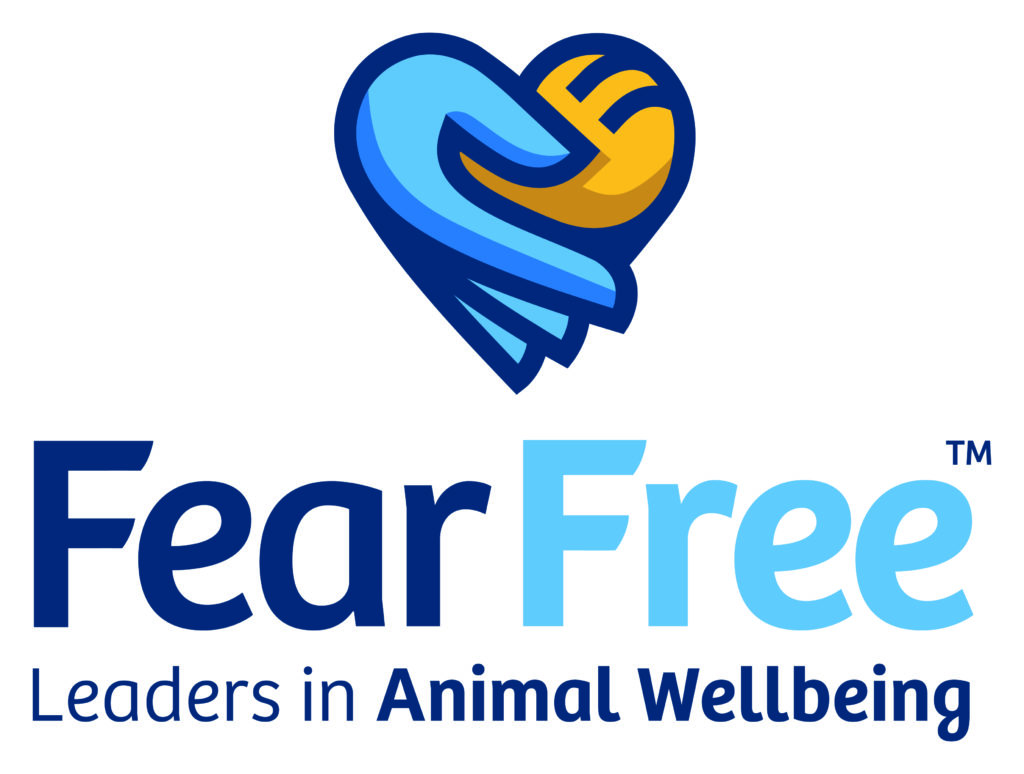Educational Articles
-
Controlled, regular physical exercise is one of the core treatments of canine osteoarthritis, along with weight control, physical rehabilitation, and pain management. Exercise increases circulation to the muscles and joints, decreases stiffness in the joint capsule and soft tissues, reduces pain, maintains strength, and benefits the cardiovascular system. Left untreated, the chronic pain of arthritis causes a continually worsening cycle of less movement, weight gain, muscle loss, decreased strength, and loss of cardiovascular fitness.
-
Obesity occurs when a cat consumes more calories than they expend. Therefore, managing obesity in cats often requires both dietary changes and increased exercise/activity. There are several methods for increasing activity in cats, including play, using cat trees and climbing structures, outdoor enclosures, and intentional, active feeding practices. Each of these can be beneficial in promoting weight loss.
-
All glues containing isocyanate and diisocyanate can expand. Pets exposed to a very small amount of wet or liquid expanding glue may consume enough product to be problematic. Foreign body obstruction due to a mass of expanded glue in the stomach is the most common outcome in dogs ingesting expanding wood glues. After abdominal X-rays confirm the presence of a glue mass and obstruction, surgery is required to remove the mass, or endoscopy in mild cases. The prognosis for recovery from expanding glue ingestion depends on the removal of the mass.
-
Extracorporeal shockwave Therapy (ESWT) is a treatment that uses high energy sound waves to exert changes in the target tissues. In specific situations it can decrease pain and increase healing. Conditions that can be treated, types of shockwave therapy, contraindications and adverse effects are discussed.
-
Famciclovir is given by mouth and is used off-label to control feline herpesvirus. Give as directed. Side effects may include vomiting, diarrhea, decreased appetite, and increased drinking and urination. Do not use it in pets that are allergic to it or penciclovir. If a negative reaction occurs, call your veterinary office.
-
The sight of blood is frightening for many people, especially when an injured cat is bleeding. With quick first aid, the situation is not as scary. An injured pet is scared and in pain so be sure to take precautions to avoid being bitten. You may need to use a muzzle or have someone restrain your cat while you provide first aid. Keeping wounds covered with pressure to slow the bleeding is the first step. Minor injuries may be manageable at home, but larger wounds and internal wounds require immediate veterinary care.
-
Insect stings or bites can cause mild signs of swelling, pain, and itching or can be more severe causing hives, anaphylactic reactions, difficulty breathing, vomiting, diarrhea, or seizures. In more severe cases emergency veterinary attention is required to stabilize the dog, screen for organ dysfunction, and provide supportive care.
-
Lameness occurs due to the injury or debilitation of one or more parts of the leg; bones, muscles, nerves, tendons, ligaments, or skin. Depending on the cause of the limp, immediate veterinary care may be needed. If your dog is in severe pain, carefully transport your dog to your veterinary hospital or emergency hospital immediately. For non-emergency limps, you may be able to determine the cause of the limp and provide home care. If the lameness persists for more than 24 hours, seek veterinary care. Medication or surgery may be necessary to help your cat heal and reduce pain.
-
A gastrostomy (G-) tube is a small rubber or silicone tube that passes directly into the stomach through the cat’s skin and abdominal wall. It allows you to deliver food, water, and medications directly into the stomach. This article outlines how to use and maintain a G-tube for your cat.
-
A gastrostomy (G-) tube is a small rubber or silicone tube that passes directly into the stomach through the dog’s skin and abdominal wall. It allows you to deliver food, water, and medications directly into the stomach. This article outlines how to use and maintain a G-tube for your dog.


